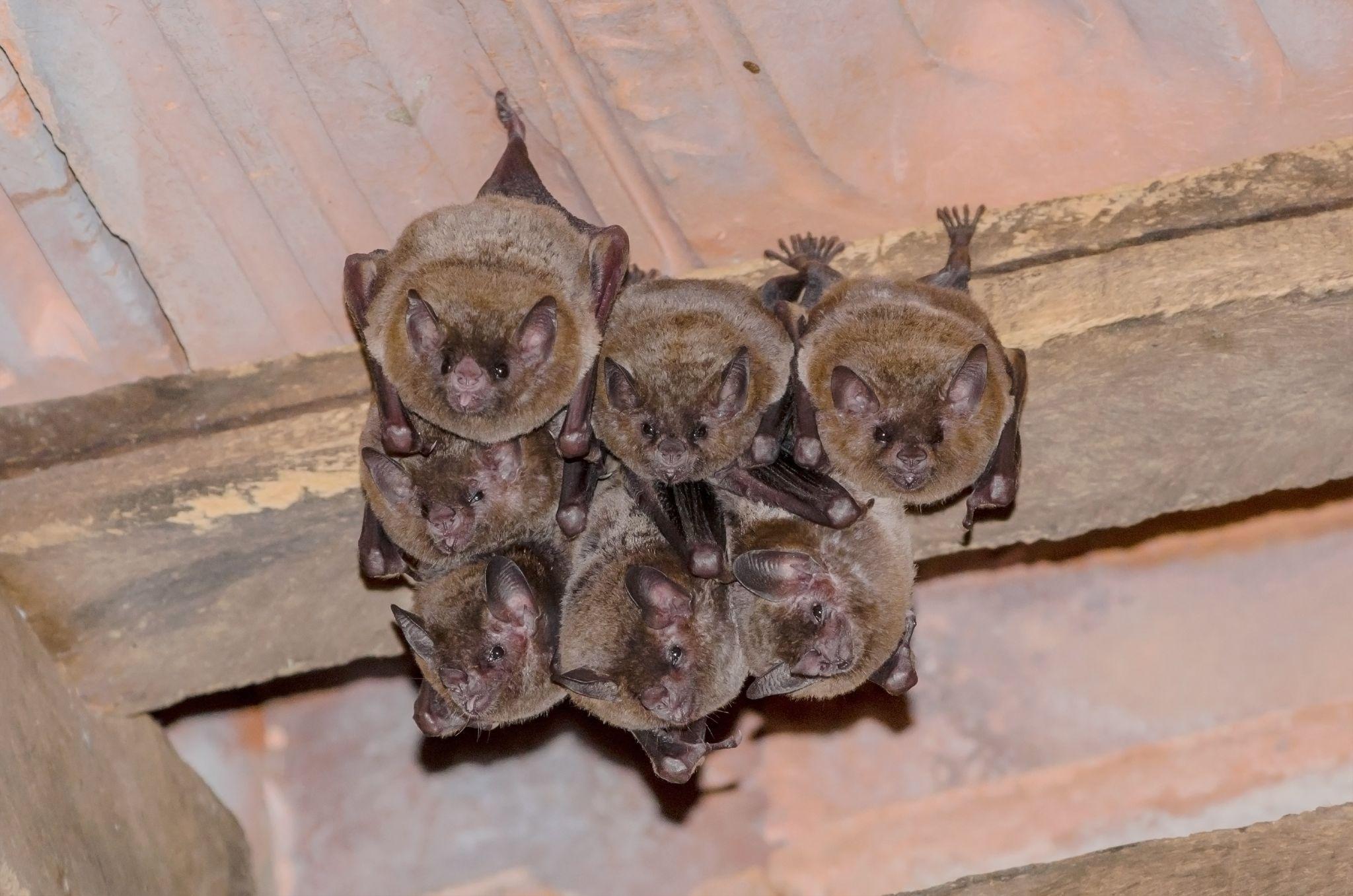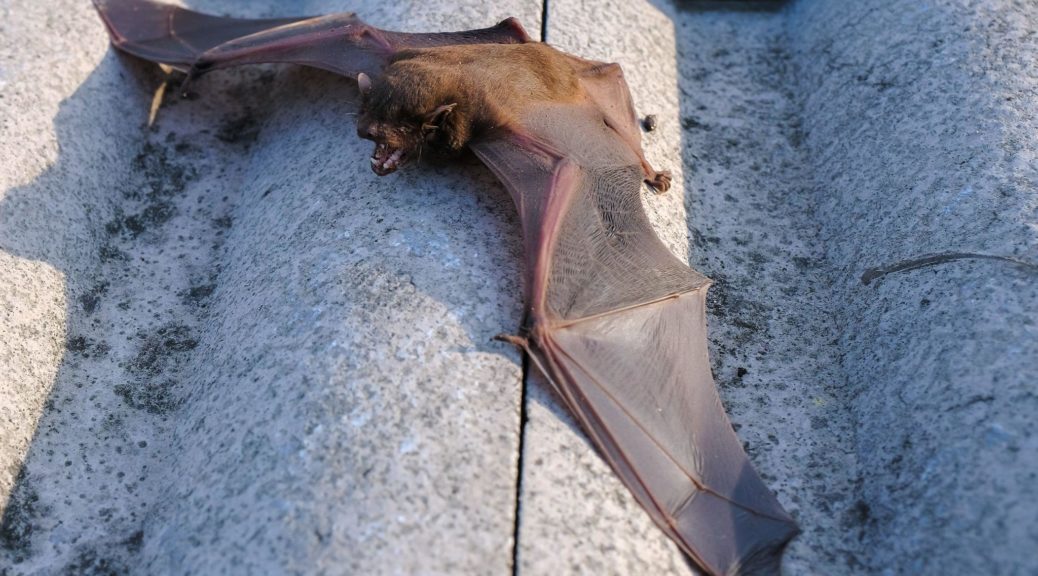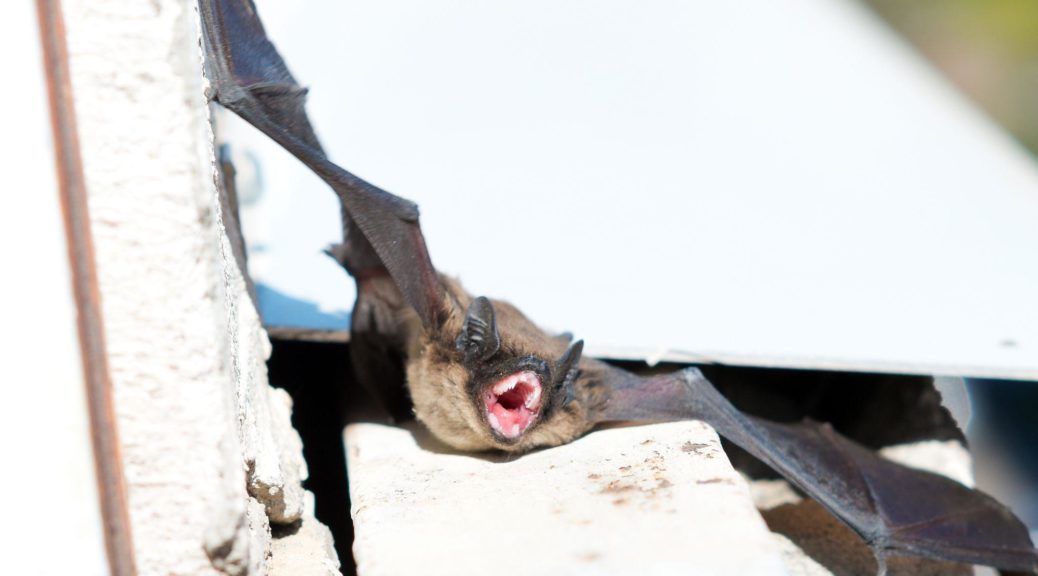If you’re struggling with bats making themselves at home in your living space, you’re not alone. Many homeowners find these nocturnal visitors less than ideal house guests. Here at Animal Capture Wildlife Control in Los Angeles, CA, we’re seasoned professionals in safely and humanely removing wild animals, including bats. We’ll dive into the world of bat deterrent methods and particularly focus on ultrasonic devices.
This includes exploring how these devices work, their effectiveness, and whether they are a viable solution for your bat troubles, guiding you toward making the best decisions for your home and unwelcome winged inhabitants.
What Are Ultrasonic Deterrents?
Ultrasonic deterrents, or ultrasonic pest repellers, are devices that emit high-frequency sounds inaudible to humans but disturbing to pests. These sounds, often referred to as ultrasonic sounds, are designed to be uncomfortable for pests, theoretically driving them away from the area. The question is, do these ultrasonic pest repellers emit frequencies effective against bats?
Ultrasonic Pest Repellers: Safe and Effective?
Safety is a primary concern when considering any pest control method. Ultrasonic pest repellers are marketed as a non-toxic and humane way to deal with pest problems. They are generally considered safe for humans and pets, as the high-frequency sounds they emit are beyond our hearing range. However, the effectiveness of these repellent devices, particularly as a bat repeller ultrasonic solution, is a topic of debate.
How Ultrasonic Devices Claim to Work
Ultrasonic devices claim to work by emitting high-frequency sounds that are uncomfortable or disorienting to bats. These sounds, supposedly, create an unwelcoming environment, encouraging bats to seek shelter elsewhere. The concept is to disrupt the bat’s navigation and communication, which relies heavily on echolocation.
The Reality
Research on the effectiveness of ultrasonic devices as bat removal devices presents mixed results. Some studies suggest that bats may initially be deterred by these high frequencies, but they often quickly habituate to the noise. This adaptation means that while an ultrasonic bat deterrent might provide temporary relief, it may not be a long-term solution for bat problems.
Best Bat Repellent Devices: Are Ultrasonic Solutions the Answer?
When considering the best bat repellent devices, it’s important to weigh the evidence. Ultrasonic devices have their proponents, but the scientific community remains skeptical about their long-term efficacy. In some cases, ultrasonic deterrents may work initially, but their effectiveness diminishes over time as bats become accustomed to the noise.
Alternative Solutions
While ultrasonic devices offer a non-invasive option, their questionable effectiveness makes them a risky choice for those seeking reliable bat control. At Animal Capture Wildlife Control, we recommend exploring more proven methods for bat removal. These might include physical barriers, professional removal services, and habitat modification to make your property less attractive to bats.
A Temporary Solution?
While ultrasonic deterrents offer an appealing, humane option for those wondering how to keep bats away, their effectiveness is not guaranteed. They might serve as a temporary measure but are unlikely to solve long-term bat infestation issues. For reliable and humane bat control solutions, it’s best to consult with wildlife control professionals like us at Animal Capture Wildlife Control.
Need Expert Bat Removal Services? We’re Here to Help!

Are you struggling with a bat infestation? Don’t let the situation get out of hand. Contact Animal Capture Wildlife Control today for expert assistance. Our team specializes in humane and effective bat removal, ensuring your home stays safe and bat-free.
With our expertise, you can rest assured that your bat problem will be handled professionally and efficiently. Call us now or look through our website to schedule a consultation and reclaim your space from unwanted wildlife.


